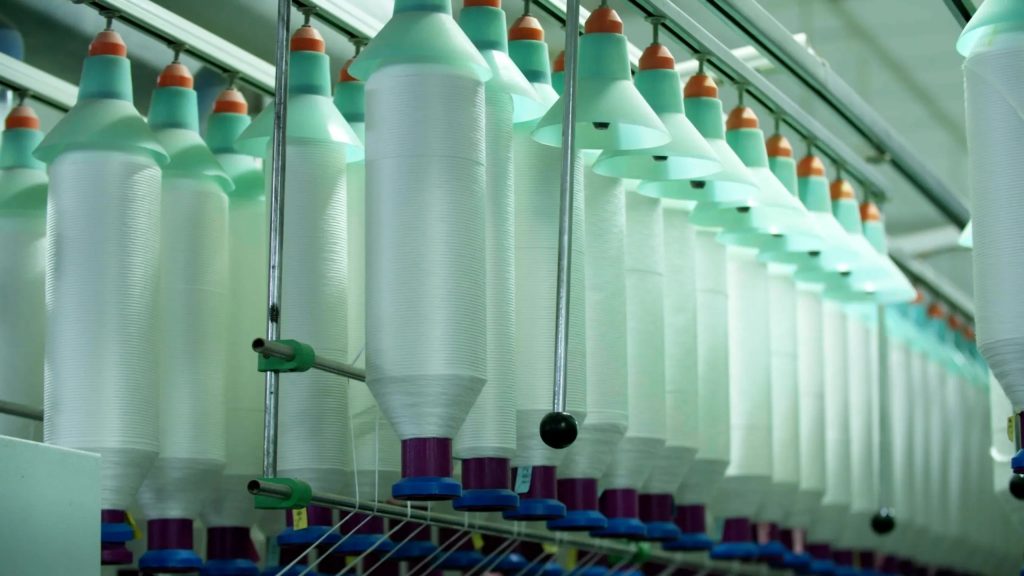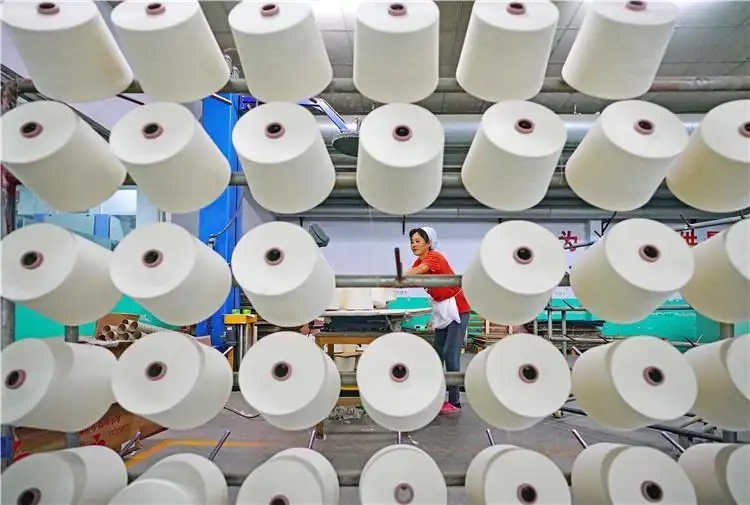Wax emulsion is one of the most important special wax products. It is a homogeneous liquid containing wax and water. When it is used, it does not need to melt or dissolve in some solvents. It has the properties of stable performance, uniform film formation, good coverage, easy to be mixed with other substances in aqueous solution or emulsion, and is non-toxic, non corrosive, simple in production process, easy to store, convenient to use, and cheap in price, and so on. It is widely used in wood-based panels, paper making, and so on. Polishing agent, agriculture, ceramics, textile, rubber and construction industries.

In the past, starch and animal glue were mostly used as softener and lubricant in the yarn of textile industry. This agent has the disadvantage of reducing the elasticity of yarn Therefore, the wax emulsion is used as yarns sizing agent. Numerous and even fine wax grains are attached to the yarn, which makes the softness and lubricity of the fibers obviously improved. When sewing, the defects of the needle holes can be reduced, and the surface deposition of the wax grains can reduce the surface fuzzing of the fabric, and improve the smoothness of the fabric surface and sewing thread, such as for making parachute textiles. It can improve the surface friction when it opens in the air and prevent burning. The formula of several different textile milk waxes.

The development and development of wax emulsion in China has made some progress. The application of new surfactant, the improvement of emulsification process and equipment have played a great role in the preparation of wax emulsion. Wax emulsion with low cost, low pollution and good quality should be developed as the focus of future research, and the variety and quantity of wax emulsion can be increased to meet the actual production needs of domestic industries.

